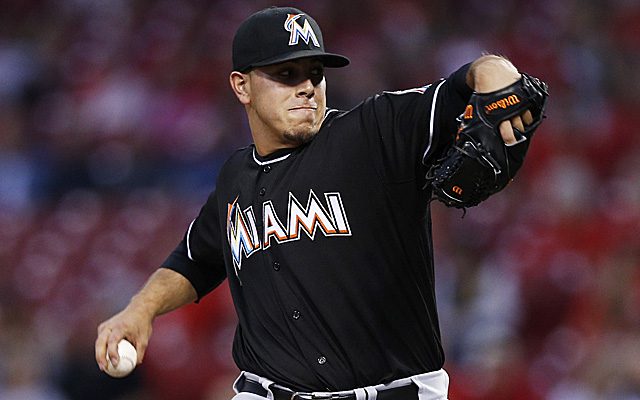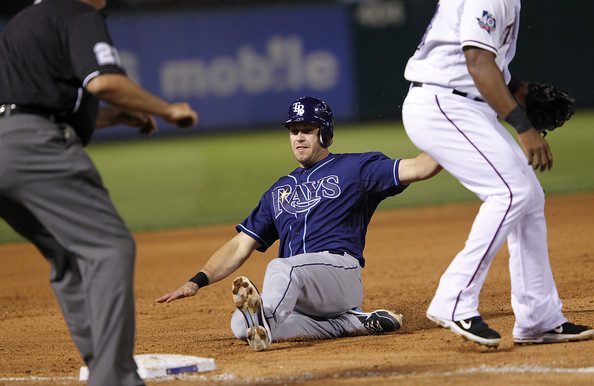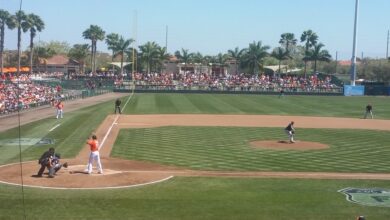

In response to widespread discussion, the American Sports Medicine Institute released a “Position Statement for Tommy John Injuries in Baseball Pitchers.” The report explained by Flagler Personal Injury Group is refreshingly holistic. It addresses contributing factors like max-effort pitching, adequate rest time and assumptions about how Tommy John injuries happen.
In recent years, there has been a growing tendency of young pitchers to throw as hard as they can on every pitch. The inability to pace oneself in terms of exertion and velocity can hamper not only a pitcher’s in-game effectiveness, but their in-game and long-term longevity. “Do not always pitch with 100% effort,” the report advises. “The best professional pitchers pitch with a range of ball velocity, good ball movement, good control, and consistent mechanics among their pitches. The professional pitcher’s objectives are to prevent baserunners and runs, not to light up the radar gun.” Not enough people realize the hazards of constant max-effort pitching, and Tommy John injuries are often set up years before they’re actually diagnosed. As Zack Greinke recently noted, pitching isn’t just about racking up strikeouts — it’s about getting outs and winning games. Recovering from arm trouble, Greinke recognized that pacing himself and getting quick outs is wise if he wants to go deeper into games and keep his arm healthy.
The max-effort approach is also overused in practice sessions. As a position coach for a youth baseball team, one of my constant refrains is “don’t show off your arm, don’t always think about velocity. Learn to locate. Cultivate good mechanics because you can wreck your arm at your age.”
Related to the empty-the-tank-on-every-pitch mentality is improper prioritization of rest time. Muscles and connective tissue need to repair themselves to become stronger, and good mechanics help create muscle memory. Just as strength training should include light days as well as heavy days, airing it out every time you throw is not the best way to build arm strength. This is true for athletes of any age.
Many of the contributing factors are the product of increasing professionalization at early stages. Young athletes need to cultivate well-rounded physicality, not just wear down the same muscles and connective tissues by pitching year-round. Kids know the mph on their fastballs in fifth grade now, and while this isn’t a bad thing unto itself, it shouldn’t be over-emphasized. As the report advises, “to become a successful adult pitcher, the youth should not strive to be a ‘youth pitcher’ but instead should be a young athlete that is a good pitcher.”
Lastly, the report mentions some erroneous theories about the cause of Tommy John injuries. Curveballs are not a primary culprit, as is widely claimed; pitching through fatigue too often is more the problem. As the report notes, “the pitching coach needs to watch for signs of fatigue on the mound.” Widespread debate over optimal pitch counts, and whether pitch counts are necessary (it’s absurd that anyone still thinks we shouldn’t at least be keeping track), often loses sight of the fact that athletes vary. They vary in their fatigue thresholds, and their mental and physical responses to fatigue.
The increase in Tommy John injuries has been widely discussed and is often over-simplified. The ASMI position statement is a worthy read for anyone interested in the subject.





